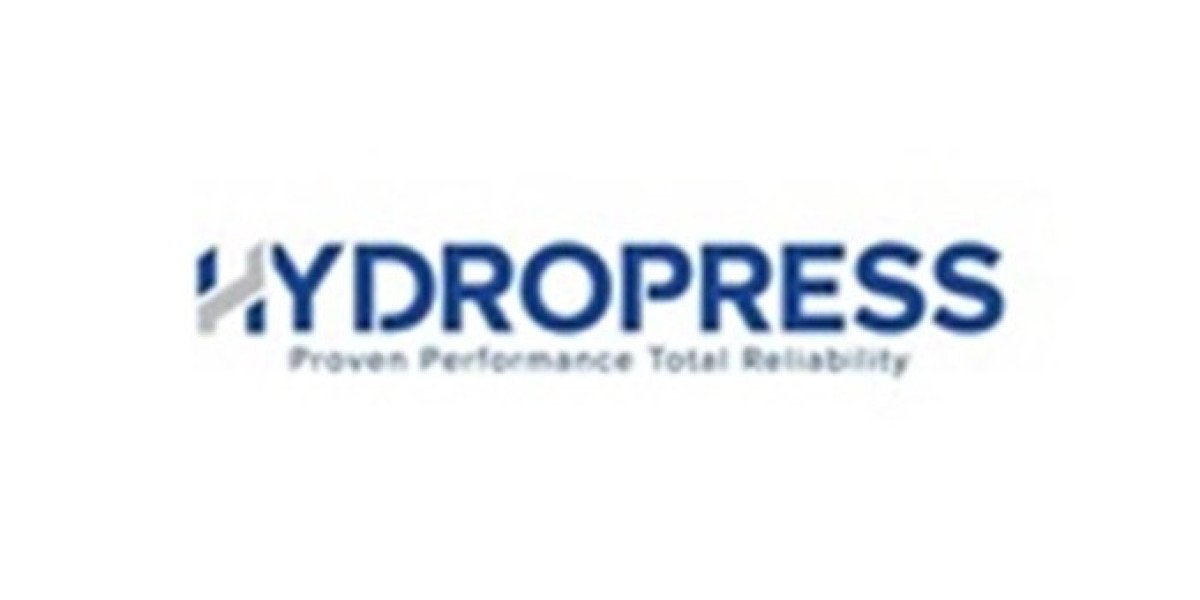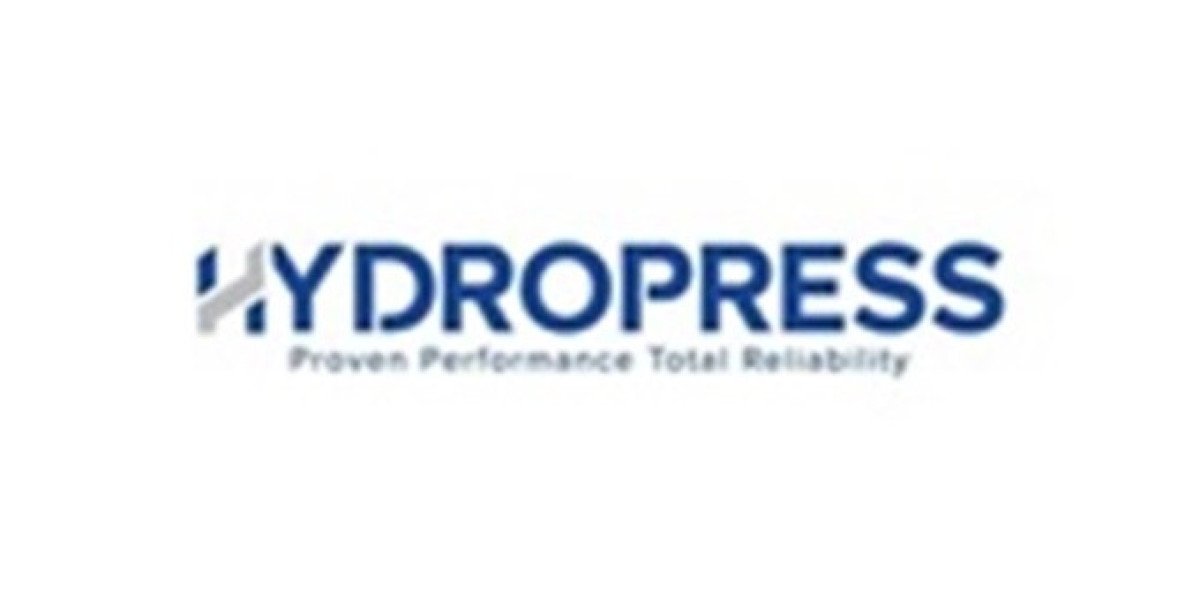In recent years, wearable health technology has transformed the way we monitor our health and fitness. These devices, ranging from simple fitness trackers to sophisticated smart health monitors, have become integral to our daily lives. But how did we get here? What does the future hold for this rapidly evolving field?
Understanding Wearable Health Technology
Wearable health technology refers to electronic devices that can be worn on the body to collect data related to health and fitness. These devices often include features such as heart rate monitoring, sleep tracking, and activity logging. As technology advances, the capabilities of these devices continue to expand, providing users with more comprehensive health insights.
Key Features of Modern Wearable Devices
- Heart Rate Monitoring: Many devices now offer continuous heart rate tracking, allowing users to monitor their cardiovascular health in real-time.
- Sleep Tracking: Understanding sleep patterns is crucial for overall health, and many wearables provide detailed insights into sleep quality.
- Activity Tracking: From counting steps to tracking workouts, these devices encourage users to stay active and meet their fitness goals.
- Health Alerts: Some advanced devices can alert users to irregular heart rhythms or other health concerns, prompting timely medical attention.
The Journey from Fitness Trackers to Smart Health Monitors
The journey of wearable health technology began with basic fitness trackers that primarily focused on step counting and calorie tracking. However, as consumer demand for more sophisticated health monitoring grew, manufacturers began integrating advanced sensors and software into their devices.
Today, smart health monitors can track a wide range of health metrics, including blood oxygen levels, ECG readings, and even stress levels. These innovations have made it easier for individuals to take charge of their health and wellness.
Impact on Health Management
How has wearable health technology impacted health management? The answer lies in the data these devices provide. By offering real-time insights, users can make informed decisions about their health. For instance, if a user notices an irregular heart rate, they can consult a healthcare professional promptly. This proactive approach to health management can lead to early detection of potential health issues.
The Future of Wearable Health Technology
As we look to the future, the potential for wearable health technology is immense. With advancements in artificial intelligence and machine learning, we can expect even more personalized health insights. Imagine a device that not only tracks your health metrics but also provides tailored recommendations based on your unique data.
Moreover, the integration of wearable health technology with telemedicine could revolutionize healthcare delivery. Patients could share their health data with doctors in real-time, enabling more effective remote monitoring and treatment.
Conclusion
In conclusion, wearable health technology has come a long way from its humble beginnings. As these devices continue to evolve, they will play an increasingly vital role in health management and disease prevention. Embracing this technology can empower individuals to take control of their health and well-being.
For those interested in exploring more about the latest in wearable health technology, consider visiting .








